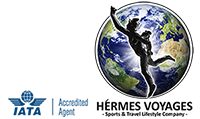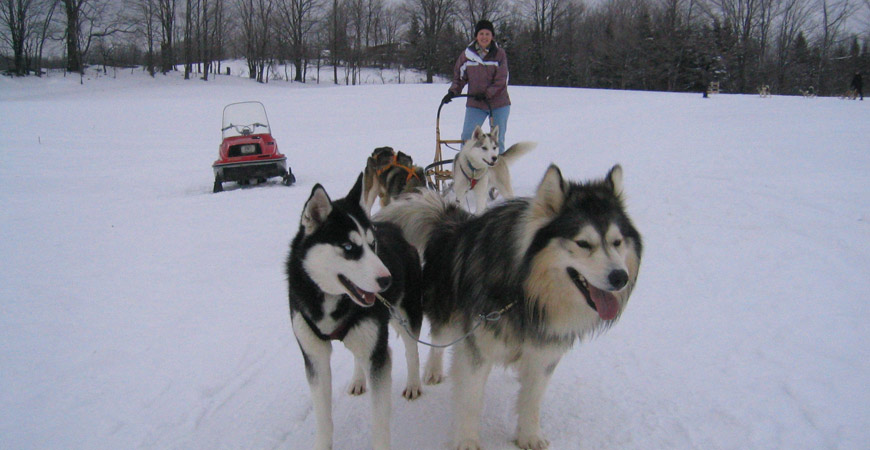BOB the Globe Trotter
It was during the first week of February that we planned our visit to the Lapland area of Sweden. One of the main activities we had planned for the trip was dog sledding. I had often watched dog sledding videos on the National Geographic channel and had always felt a strong desire to experience such an exciting activity for myself. In our geography books, we had read about how Roald Amundsen discovered the South Pole.
A dog sled is a sled pulled by one or more sled dogs, typically huskies, over ice and snow. Dog sledding is not a cruel activity towards the animals, as evidenced by the wagging tails and perked ears of the dogs. Dog sledding is sometimes referred to as “mushing,” and the person who drives the sled is called a “musher.” The dogs are connected by a long “gangline” (a series of ropes running between them). Dog sledding remains an important mode of transportation in some remote Arctic regions, where sleds are used to deliver mail, firewood, mining and fishing equipment, and other necessities. These huskies have an exceptional ability to sense potential dangers along the route, preventing the sleds from being damaged by sudden drop-offs or submerged in icy water. Sled dogs are bred for their speed and endurance, and training begins when they are only a couple of months old. They can run 100 miles at a stretch without needing a break.
Our travel group was split into two for the dog sledding experience. One group would go in the morning, and the other in the afternoon. I was in the second group. It was a bright, sunny day, and the first group left our hotel around 10 AM. They returned looking happy and smiling. By that time, however, the weather had started to turn gloomy. I felt disappointed about the change in weather, but the guide, who was also our van driver, cheered me up. He explained that this was actually the ideal weather to add extra excitement to the dog sledding tour.
We left at 1:30 PM in a van and drove to a remote village about 30 miles from Luleå. Snow was everywhere. I shared my concerns about the weather with the driver-guide, and he assured me that the gloomy weather would only add to the thrill of the experience.
When we arrived at the starting point of the tour, I found it was a medium-sized hut in an isolated area of the village. In the distance, I could see a few houses and a dense forest of coniferous trees. Snowfields stretched out all around us.
I learned that these dog sledding tours in Luleå are run by a local family who owns around 30 to 35 huskies. They specialize in organizing these kinds of tours.
The huskies greeted us with excited barking as the guides busied themselves preparing the sleds. Each sled would be pulled by nine huskies, and each sled could carry three passengers. One musher would drive the sled. I was mentally prepared to be a musher, but I had no idea how to actually drive a sled. However, I’ve always had an adventurous spirit and was willing to take on new challenges, even when it meant calculating some risks. The guide could tell I was a bit nervous and, noticing my hesitation, she kindly gave me a 15-minute lesson on how to drive the sled. She taught me how to apply the brakes to either slow down or come to a complete stop. I learned how to navigate sharp turns, climb uphill, and how to respond in case of an emergency.
Needless to say, my excitement skyrocketed after this brief but informative lesson. I now understood that it would take real courage to drive the sled for the first time with only a 15-minute crash course and an unfamiliar trail ahead of me. Our journey would cover 14 kilometers and last for about two hours, passing through a variety of terrains—sometimes over a frozen river, at other times on narrow paths through thick forests, over rocky ground, and up and down hills.
It was biting cold outside. The temperature recorded was minus 17° C but due to the cold breeze in the late afternoon made us feel the temperature to be around minus 20-degree centigrade. We were fully geared with warm clothes.
We had to walk initially around 200 meters over the snow from the hut to our starting point. A Snowmobile with two guides leads in front of us. Initially, when I took the driving seat I was feeling very nervous. Two of my friends who sat on my sled as passengers looked nervous as I was the driver. They seemed to carry their “life” in their hands which I could realize by looking at their faces. But they knew Bob will succeed to execute the ride safely.
We sped along the vast frozen fields to reach the thick woods with narrow tracks. The branches of the trees came haphazardly on our way so I had to dip my head and steer the sled accordingly. The track was completely unknown to me. My friends gradually gained confidence in me after 5 to 10 minutes of driving. I drove over the frozen river and climbed uphill several times. It was quite dangerous over the bumpy tracks when it was over the underlying huge boulders. I kept my nerves steady though I felt of losing control sometimes. My fingers were getting numbed, my face was drying up with the chilling breeze. Gradually darkness was creeping in. After about one and a half hours ‘ drive, it was already dark. Our way through the narrow tracks in the woods was lIt by the moon only. The moonlight was reflecting on the snows all around. The surroundings looked mesmerizing. It was really awesome.
Driving a sled through the Arctic snow expanses in dim vision, in biting cold weather, with the full moon in the sky, reflecting snowfields is indeed a lifetime experience.
Finally, we reached the hut from where we started. A woodfire was lit for us in a cozy tent to warm ourselves. iThe tent had a semi-circular sitting arrangement. We sat on reindeer skin mats. The tour guides served us a hot chocolate drink with some tasty Swedish snacks. We had a long chat with our new friends. I returned to our hotel in the late evening with high excitement and great feelings of joy achieving a new jewel in my travel career.
Written by
Dr. Sanjay Kumar Das
YouTube Vlog


Comment (0)